
At Milk Bar®, our focus is to provide you with fact-based information about a calf’s digestive processes so you can reduce some of the common problems that can make raising calves stressful.
Troublesome calf behaviour is so common, its often seen as normal. However, if you know what you are looking for you will start to see the link between calf behaviour and how calves are fed.
More often than not, it’s not what your feeding, but how your feeding that can be causing the problem.
-
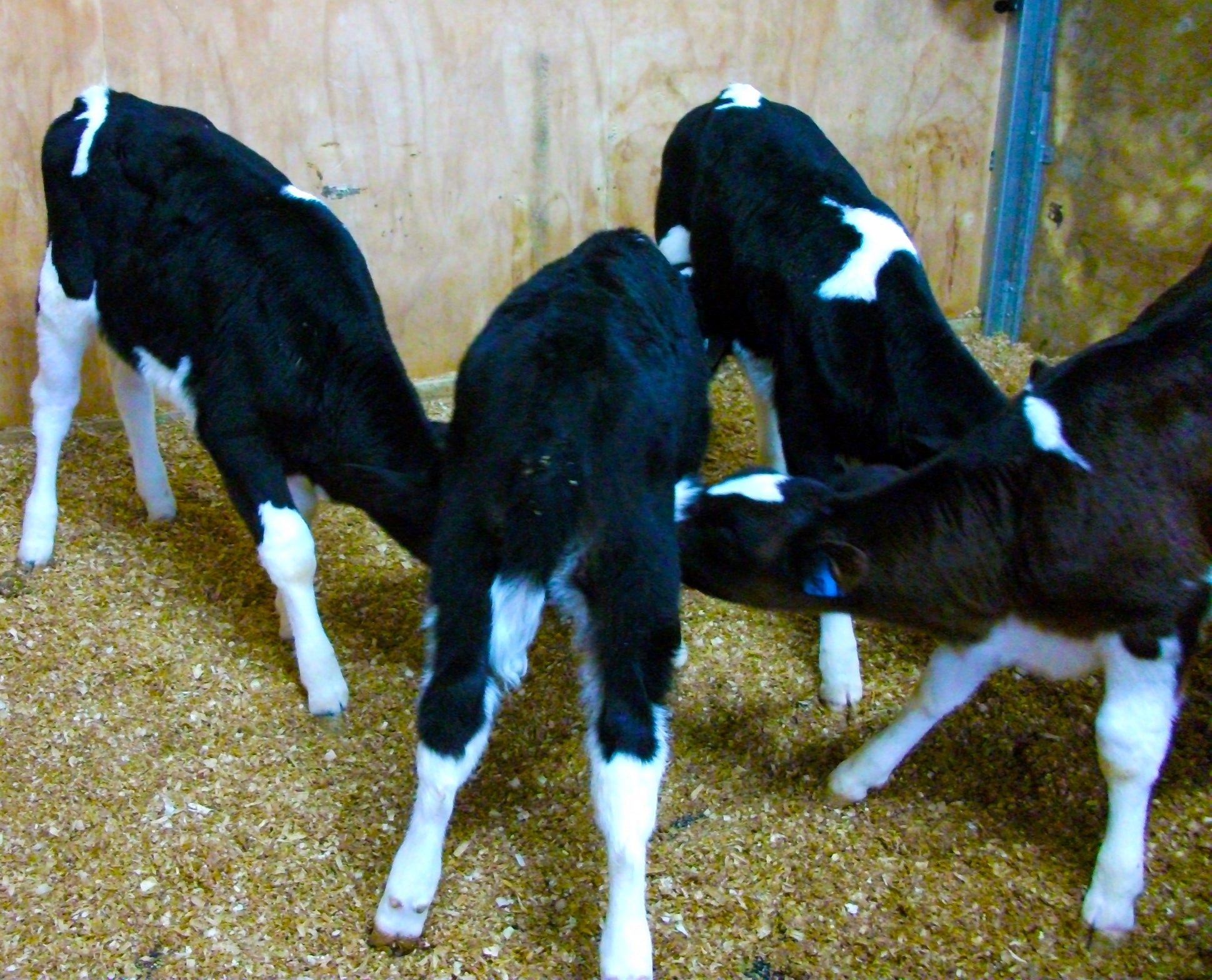
Why do calves cross suckle?
Learn More -
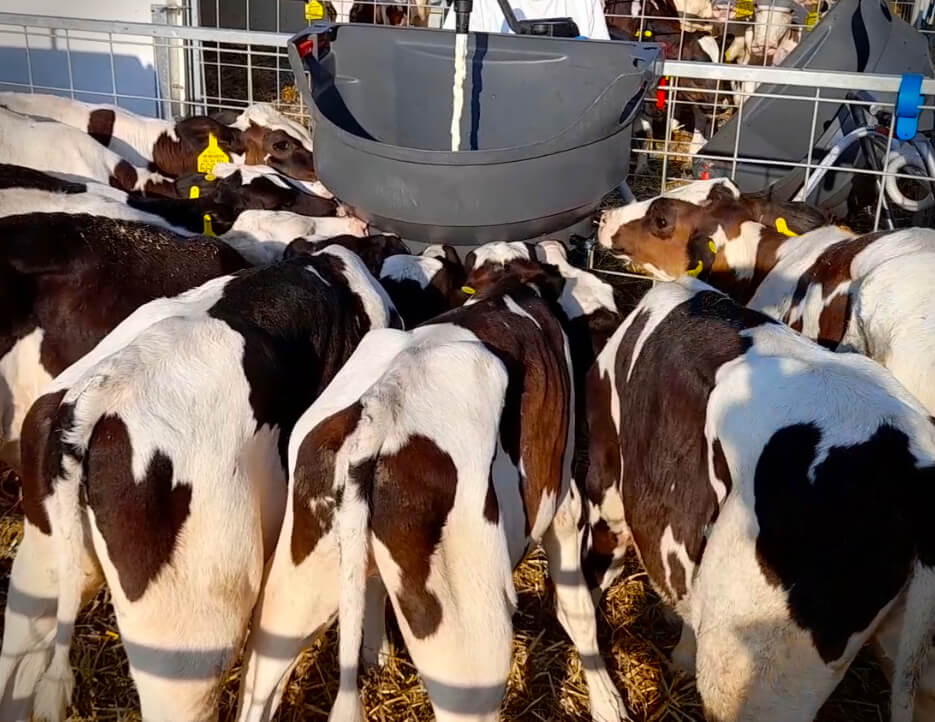
How are lactose and diarrhoea linked?
Learn More -
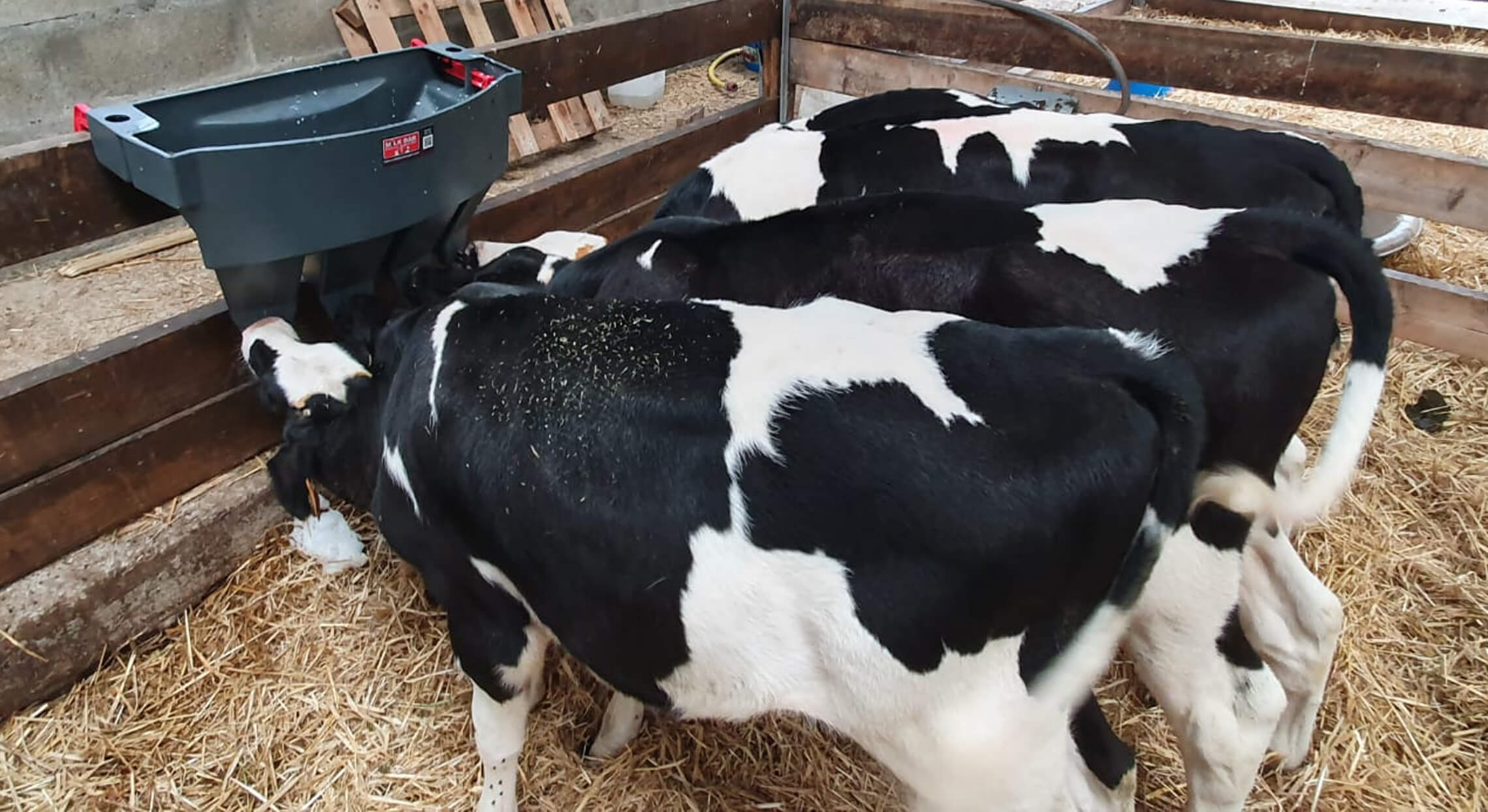
How do I get better average daily gain?
Learn More -
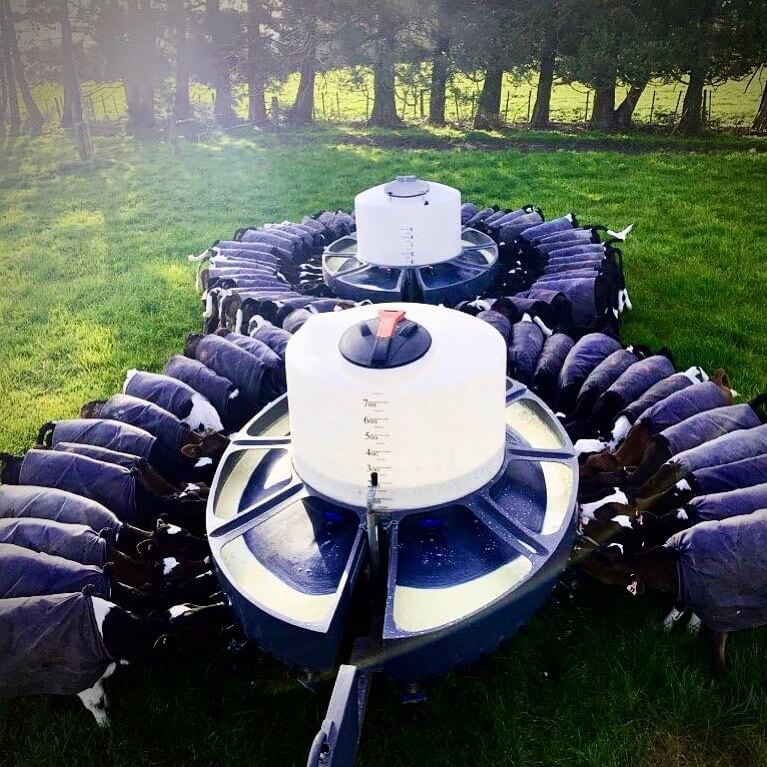
What is breakaway behaviour?
Learn More -
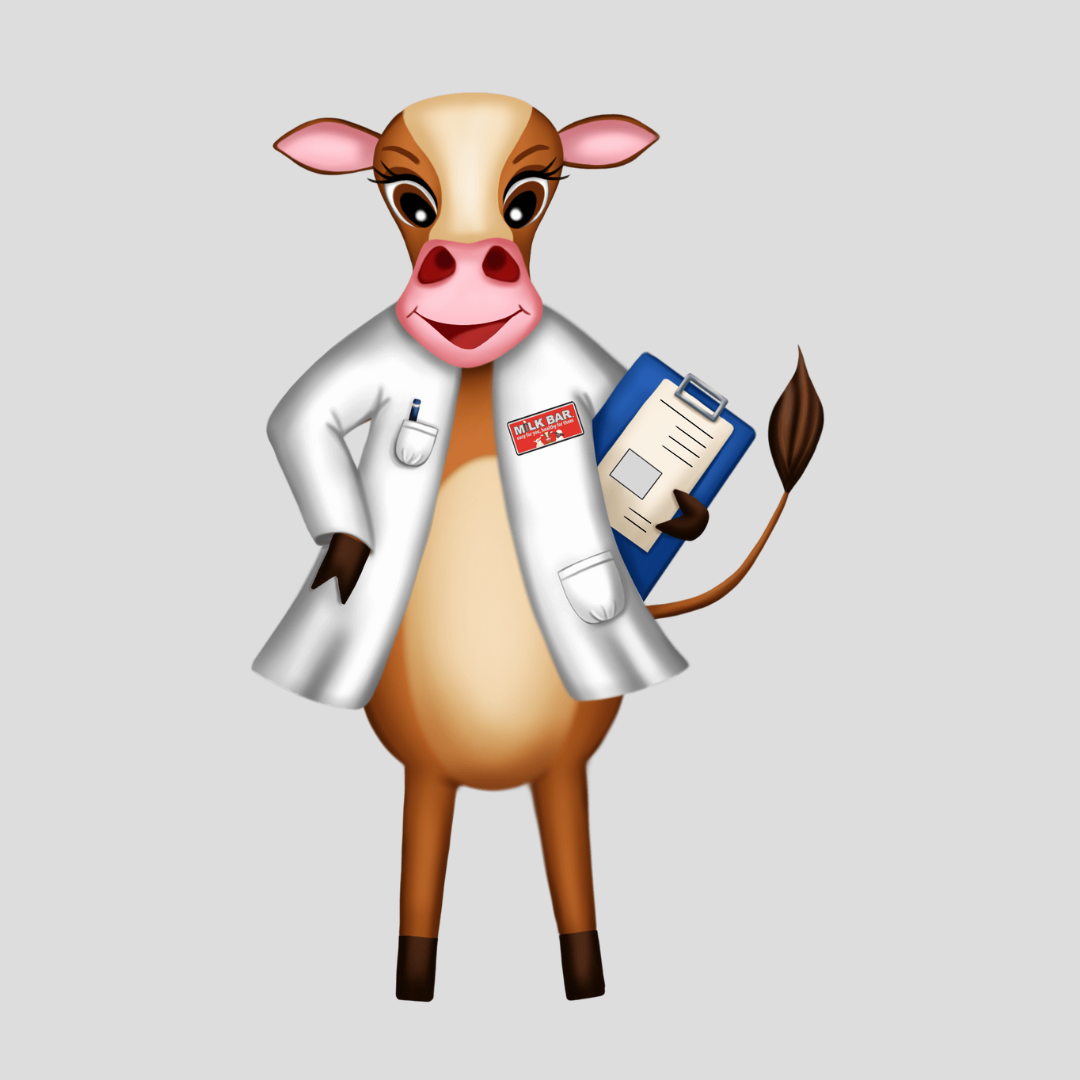
Published research
Learn More
1
/
of
5
How does the digestive system work?
When a calf suckles from a cow, she applies both positive and negative pressure (squeezing and suckling). The squeezing stimulates the cow’s teat, so oxytocin is released. Oxytocin causes cells in the udder to contract and eject milk from the alveolus into the cisterns above the teats.
The suckling overcomes the sphincter barrier, allowing the calf to remove milk from the teat. Oxytocin does NOT cause milk to flow from the teat. The teat canal must be physically opened to remove milk.
She drinks slowly, up to 4 or 5 minutes per litre of milk and produces a lot of saliva..
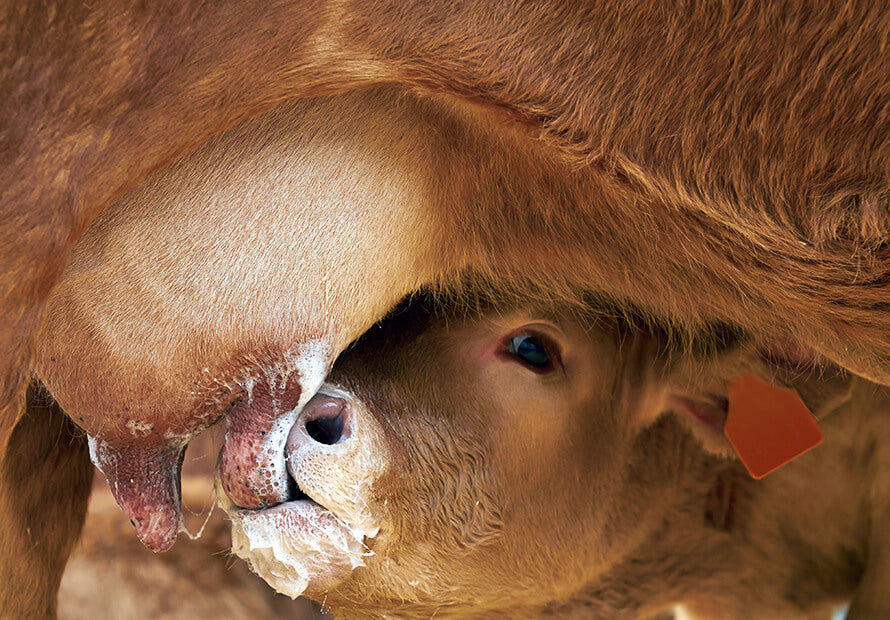
The saliva that is produced by suckling slowly is rich in lactoferrin-lactoperoxidase, an enzyme system with antioxidant and antimicrobial properties that boosts the immunity and improves the protection of the calf.
Salvia balances the pH in the abomasum so the milk can turn into a thick curd. The slow delivery of milk combined with saliva gives rennin and other enzymes time to curd the milk and lipase to digest fats. The milk lactose is digested and absorbed into the bloodstream.
-
Overview
The natural suckling action of using positive and negative pressure helps activate the oesophageal groove to close and form a tube so milk bypasses the rumen and enters the abomasum.
The oesophageal groove is a curved muscle that lies at the base of the oesophagus. It ensures that everything that enters the calf’s mouth, ends up in the right place. -
The Oesophageal Groove and the Rumen
When a calf drinks water from a trough or eats meal and grains, the oesophageal groove stays relaxed and these food groups drop straight into the rumen for digestion.
-
The Oesophageal Groove and the Abomasum
When a calf suckles, the oesophageal groove closes and forms a small tube to direct the milk past the rumen and into the abomasum for digestion. Too much milk can cause it to overflow allowing milk to enter the rumen.
1
/
of
3
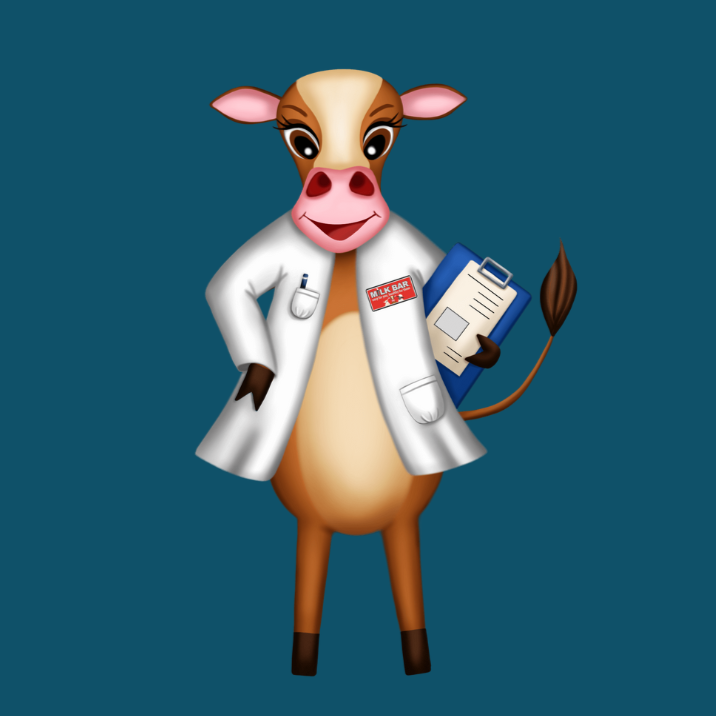
The Take-Home Message
Following nature’s drinking process protects the rumen and develops better calves.





